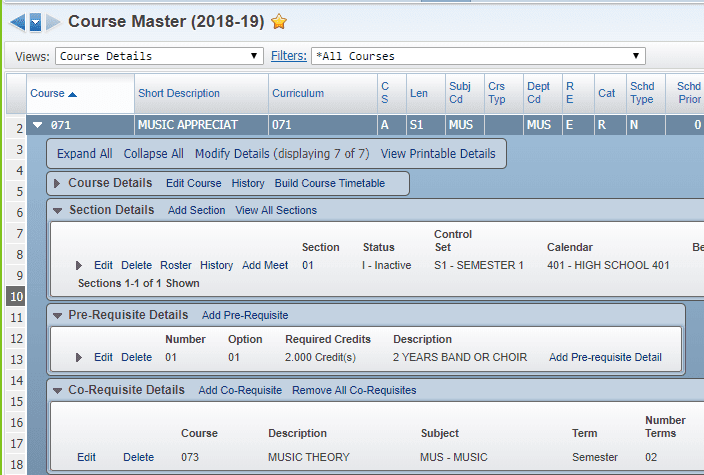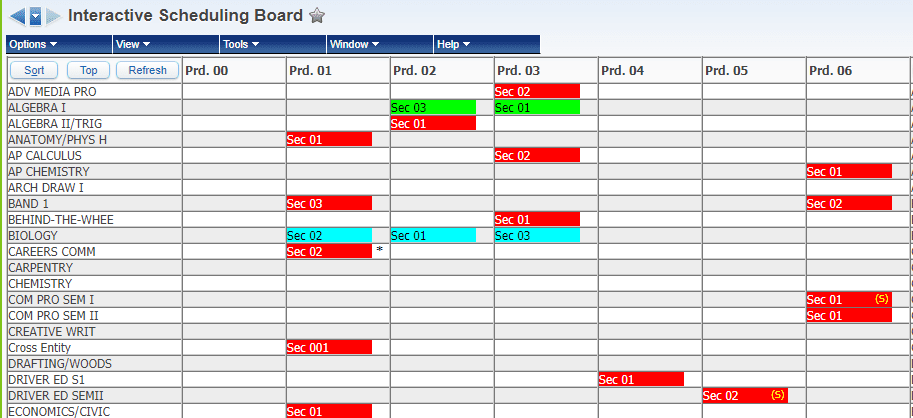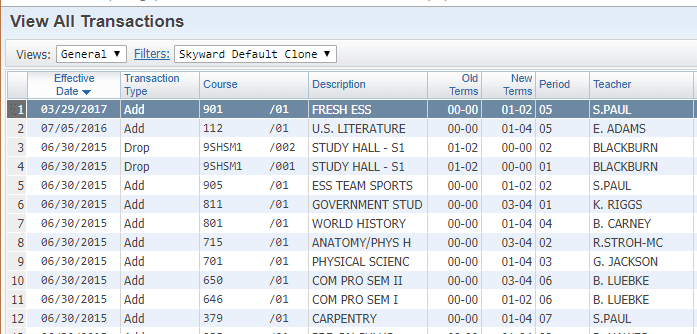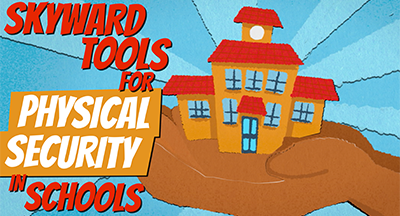Schedule Considerations for a New Semester
|
Skyward Insider Team Skyward Experts |
Although the primary work of scheduling occurs at the beginning of the school year, keeping a district running like clockwork is no easy feat. There are bound to be some scheduling snags when the semester changes, but they don't have to be a major disruption. Let’s dive in.
Course Requests
Between December and February, students typically choose the courses they’d like to take in the next school year. The master schedule accommodates all requests and course constraints, and is broken out like so:- Course: The class itself. For example, English 9.
- Section: Different time periods for the course. For example, Eng 9 Section 1.
- Meet: Linked to teacher’s name and the room where the course is held.
It's important to get course requests done early so administrators can identify demand levels and potentially factor those into hiring decisions between now and the start of the school year. Once students have made their requests and those requests have been tallied, external factors can be taken into account in the software. These constraints may include teacher availability, class size limits and minimums, co-requisites, prerequisites, and many more.

A Touch of Automation
From there, run the student scheduler. The algorithm begins by giving priority to seniors working on graduation requirements. It gives further preference to courses with only one session. Then, the scheduler continues to work down the grade levels until each student has the best possible schedule within the course constraints.In a perfect world, scheduling would be done there. In reality, some level of manual intervention is almost always needed. There comes a point where technology cannot replace a conversation to ensure each student's schedule fits his or her goals for the future.
The interactive scheduling board is a great visual tool to help with the planning process (and replaces the white-board-and-sticky-notes method).

The New Semester
A new semester brings some of the same unavoidable concerns as the start of the school year, if on a smaller scale. Students may need to switch sections. They may be moving on from one semester-long course into another. Personal conflicts may be resulting in more visits to the counselor's office.
Key Skyward considerations
- When students drop a class, they are hidden from the class list for the rest of the dates in the semester, but can be viewed if necessary. Teachers will still be able to see them in the gradebook for the days or weeks they were assigned to that class, even after they’ve moved to a different section.
- For teachers who need to go on leave, double-check the transaction dates for compliance purposes. Some states require a report verifying substitute teachers' credentialing and licensing, and the leave date will play an important role in ensuring accurate data.
- In some cases, a student may see a single course section reflected in their schedule for the year, but on the teacher side, multiple reporting periods are listed throughout the year. When the term changes, teachers may still have a grace period before grades for the previous term are due. Double-check the term before entering grades—there’s no copy/paste or undo if grades are entered in the wrong term period.
- Effective dates can throw a wrench in the whole system. Automatic defaults rely on the enrollment date, which is the date teachers will begin to see students in the gradebook for that section. Teachers can’t see the student until the effective date arrives. This can happen en masse, so it’s one of the best places to double-check first when troubleshooting.

When to Ask for Help
Algorithms are powerful things, and although they won't—*poof*—create a perfect schedule from midair, their job is to handle the heavy lifting for what can otherwise be a complicated, laborious process. If the time comes for scheduling and you find yourself wondering whether you're getting the most out of your software, please don't hesitate to place a service call. There are so many utilities and features available, it can be hard to keep up.If your process hasn't changed in years, it might be worth taking the time to see if there’s something new to learn. Attend a webinar, come to user groups, and ask what others in the Skyward family are doing to make scheduling easier. Because a better schedule means less headaches every time a semester ends.
Learn more about room capacities, block schedules, matrix displays, and arena scheduling in 4 Skyward Tips for More Flexible Scheduling.
Thinking about edtech for your district? We'd love to help. Visit skyward.com/get-started to learn more.
|
Skyward Insider Team Skyward Experts |

 Get started
Get started





